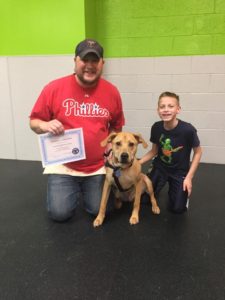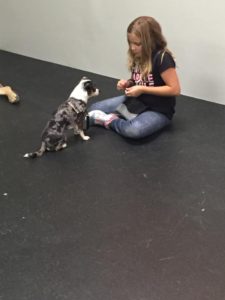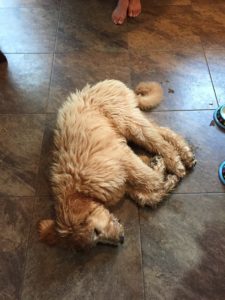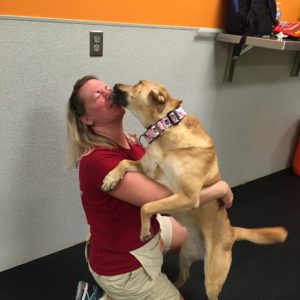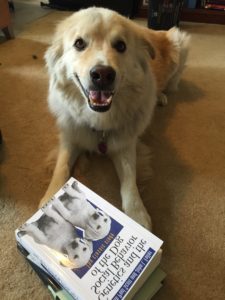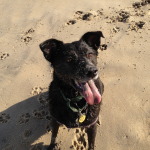If you are thinking of adding a second dog to your family there are a lot of things to consider. Many times families focus on things like what a new pups’s name will be, what breed do they want, how old, where will go to get it; however, there are some more important considerations and decisions to make before embarking on your search for a new 4 legged friend.
[Full disclosure: the author is a proud dog mom to 4 great dogs]
- Does your current dog want a buddy? Not all dogs like other dogs. Some pups like to walk with other dogs but not play with them. Some like to romp and wrestle with their canine buddies. If your dog does not enjoy playing with other 4 legged buddies,
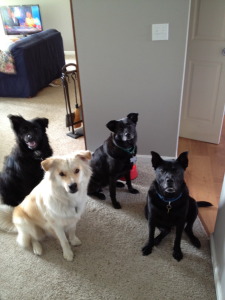 whether in your neighborhood or in a daycare setting, there is a good chance he won’t like it in his home either. When considering adding a second canine, make sure to factor in your current dog’s sex (male-male and male female pairs tend to do better than female-female pairs), your current dog’s energy level (a senior dog may not see a puppy as a good couch buddy), and tolerance for other dogs (if your dog does not like other dogs, adding a second dog could be disastrous for both dogs).
whether in your neighborhood or in a daycare setting, there is a good chance he won’t like it in his home either. When considering adding a second canine, make sure to factor in your current dog’s sex (male-male and male female pairs tend to do better than female-female pairs), your current dog’s energy level (a senior dog may not see a puppy as a good couch buddy), and tolerance for other dogs (if your dog does not like other dogs, adding a second dog could be disastrous for both dogs). - Time commitment – Put simply, two pups require twice the care and attention. Many times, pup number two is added to a family to keep pup number one occupied. Sometimes this results not in two well-exercised and happy dogs. Many times the result is two pups who chew shoes, dig holes in the yard, and get into other creative mischief. Don’t get me wrong, the pups have a blast together, but the owner now has twice the issues to deal with. You also need to factor in time to work on training both dogs (dog trainer secret: What is the best way to train two dogs? One at a time.) Is everyone in the family on board with helping with a second dog (or are at least enough family members on board so that the responsibility doesn’t fall to one person)?
- Financial considerations – Food bills, vet bills, and all other costs are close to double the amount for two canines versus one dog. Budgeting and planning, not to mention realistic expectation for this can prevent adopter’s remorse when it is time for annual wellness visits at the vet and it’s time to refill preventative flea, tick, and heart worm medications.
- Why do you want two dogs? – This is a personal question each family should ask itself. My best advice is to consider this carefully, along with the considerations above. Adding a second dog is a big decision. If your answer to this question is solely “to occupy my other dog”, I strongly suggest you reconsider your plan.
If you have really gotten to know your current pup’s likes and dislikes in terms of other four legged friends, are honest about how much time you have to give to two pups, come up with a budget, and do that gut check about why you want a second pup, and all signs point to “yes, the entire family would love a second dog” – go for it! A future post will offer some tips and things to consider in selecting your second pup and also so great resources for finding great dogs. Thinking of adding a new puppy to your pack? Check out our article Starting out Right with Your New Puppy!
Pepper’s Paws, LLC provides in home training in Rehoboth Beach DE and surrounding communities. We also Zoom dog training lessons for people who do not live in our private lessons service area of the Delaware Beaches.
Head trainer Deb Murray, CBCC-KA, CPDT-KA is certified by the Certification Council of Professional Dog Trainers, an AKC CGC Evaluator, and a Distinguished Graduate and Mentor Trainer for the Catch Canine Academy.
